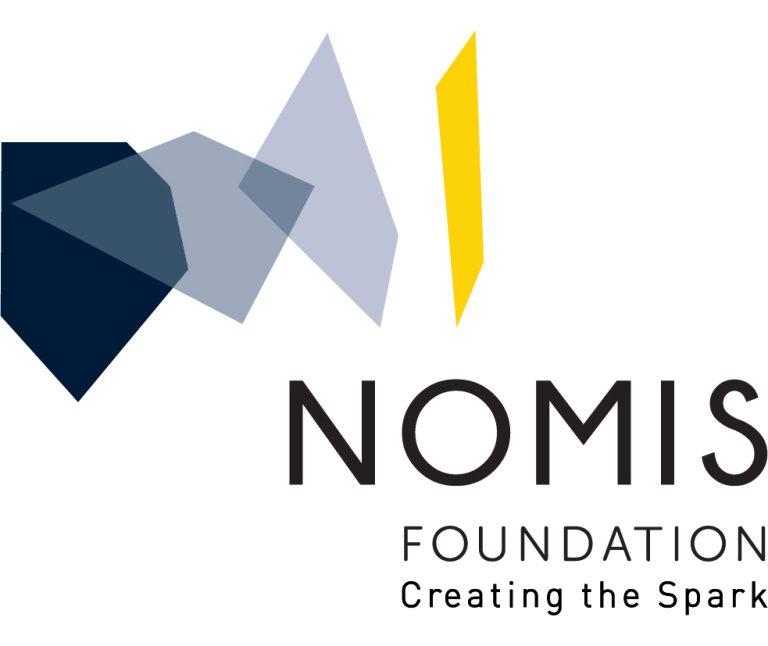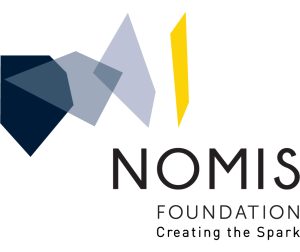Salk researchers have identified the molecular target of J147. The experimental drug is something of a modern elixir of life; it’s been shown to treat Alzheimer’s disease and reverse aging in mice and is almost ready for clinical trials in humans. Now, Salk scientists have solved the puzzle of what, exactly, J147 does. In a paper published January 7, 2018, in the journal Aging Cell, they report that the drug binds to a protein found in mitochondria, the energy-generating powerhouses of cells. In turn, they showed, it makes aging cells, mice and flies appear more youthful.
“This really glues together everything we know about J147 in terms of the link between aging and Alzheimer’s,” says Dave Schubert, head of Salk’s Cellular Neurobiology Laboratory and the senior author on the new paper. “Finding the target of J147 was also absolutely critical in terms of moving forward with clinical trials.”
Schubert’s group developed J147 in 2011, after screening for compounds from plants with an ability to reverse the cellular and molecular signs of aging in the brain. J147 is a modified version of a molecule (curcumin) found in the curry spice turmeric. In the years since, the researchers have shown that the compound reverses memory deficits, potentiates the production of new brain cells, and slows or reverses Alzheimer’s progression in mice. However, they didn’t know how J147 worked at the molecular level.
In the new work, led by Schubert and Salk Research Associate Josh Goldberg, the team used several approaches to home in on what J147 is doing. They identified the molecular target of J147 as a mitochondrial protein called ATP synthase that helps generate ATP—the cell’s energy currency—within mitochondria. They showed that by manipulating its activity, they could protect neuronal cells from multiple toxicities associated with the aging brain. Moreover, ATP synthase has already been shown to control aging in C. elegans worms and flies.
The Salk Institute has been a NOMIS partner since 2008.
Related news
Aging Cell
ScienceDaily

